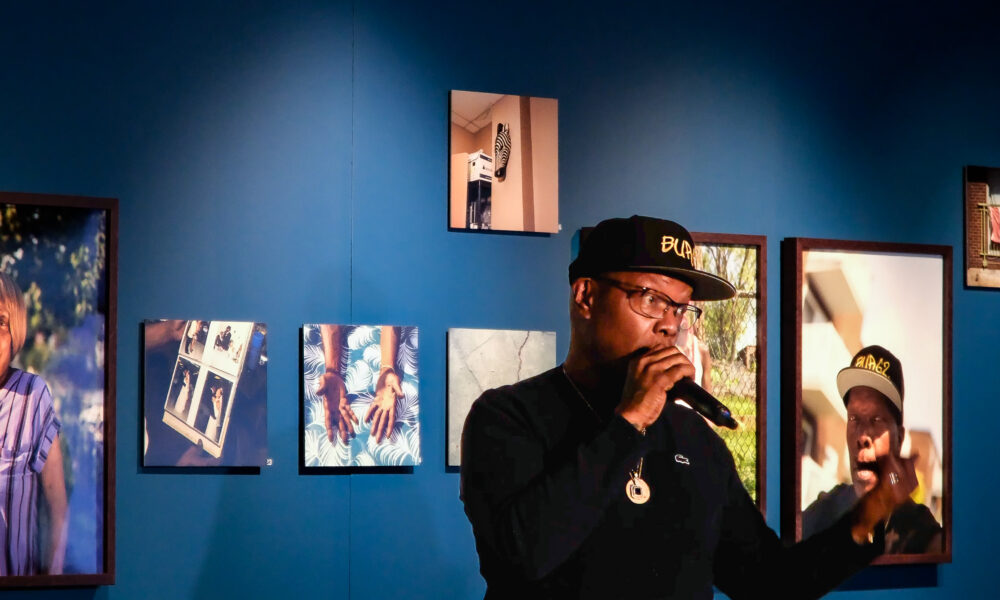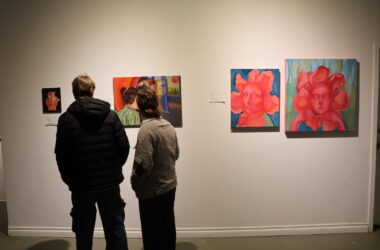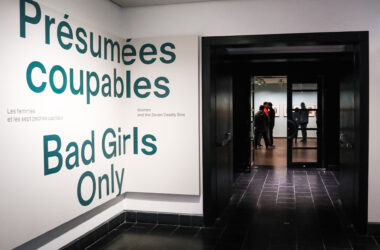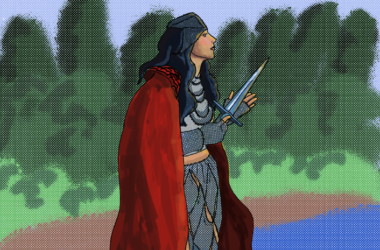When British-Canadian photographer Andrew Jackson first visited Montreal, he set out to find the city’s Black spaces. His search led him to the neighbourhood of Little Burgundy, formerly known as Saint-Antoine, where he encountered a paradox: Why is Little Burgundy considered a Black space when only 11 per cent of its residents are Black? The answer: An ongoing history of gentrification displacing what was once a thriving Black neighbourhood.
In the 19th century, Little Burgundy emerged as the home of Montreal’s most prominent English-speaking Black community. The city attracted Black workers from across North America and the Caribbean for employment within the expanding Canadian railway industry that prospered off the exploitation of low-wage labour. Home to 90 per cent of the city’s Black population, Little Burgundy flourished with cornerstone cultural institutions and activist groups. But from the 1960s onward, city plans for urban renewal tore the neighbourhood apart. Residents and organizations were expropriated while homes and Black-owned businesses were demolished. By 1996, a gentrified Little Burgundy housed a dwindling two per cent of the city’s Black population—leaving behind a gutted community.
However, Little Burgundy wasn’t culturally acknowledged as a Black space until the 1980s.
“I began to think about what happens when spaces become termed as Black. There are very few benefits from that definition […] Little Burgundy became a Black space when it was linked to notions of criminality and failure,” Jackson said in an interview with The Tribune.
His exhibition challenges that perspective. When the McCord Stewart Museum commissioned Jackson to document the sites and locals of Little Burgundy in the third iteration of its Evolving Montreal series capturing the transformation of the city’s neighbourhoods, he set out to explore the racialization of the space and how perceptions differ between Black and non-Black individuals. The exhibition features photographs and three poignant, uplifting short films exploring the stories of people and organizations within the community.
“For a Black person, a Black space is a space of sanctuary, it’s a space of survival, it’s a space that holds personal or communal memories,” he explained.
Jackson points to his photo of a boarded-up window and notes how an outsider could look at this and see a sign of failure, while the person living beyond those walls is reminded of their 10th birthday, a meal shared with loved ones, or a first kiss.
This duality of understanding forms the basis of his work. Among the frames adorning the walls, there are close-ups focusing on details throughout Little Burgundy’s streets, whether it be a crack in the sidewalk or the way the sunlight hits an apartment window. These shots, representing a surface-level impression of the area, are then contrasted with intimate portraits of the individuals that inhabit that space.
Among them is Jason Fraser, an outspoken leader in Little Burgundy who directs a men’s group at the Tyndale St-Georges Community Centre.
“There’s a lot of things in Little Burgundy that taught me how to be a family man, that taught me how to love my community, that taught me how to represent it in a good way [….] I hope my kids continue to be proud of Little Burgundy and that everyone continues to talk about Little Burgundy, not in the negative but in the positive. That’s my goal,” Fraser said.
By spotlighting the individuality of the people within Little Burgundy, Jackson fosters a sense of shared connection with the viewer. It provides a glimpse into a resilient Black community that would otherwise be invisible to those who have shaped their understanding of the space from negative cultural assumptions. The residents of Little Burgundy have a lifetime of personal memories and experiences that outsiders couldn’t know. This exhibition amplifies their voice.
“As a Black Canadian looking across the border at what’s happening in America, I think right now that making Black people, Black bodies visible, giving an opportunity for Black voices to be heard is a political act. It’s an act of resilience in the face of that erasure,” said Jackson.
Little Burgundy will continue to change. Jackson’s documentary photography stands as a challenge to the erasure of its history and to its negative associations. Instead, it ensures that its legacy is not lost to gentrification. The exhibition isn’t just a visual testament to resilience but also a catalyst for dialogue on the ongoing transition of the community that through time, has been shaped, empowered, and threatened, yet remains at the heart of Montreal’s identity.
Little Burgundy – Evolving Montreal will be exhibited at the McCord Stewart Museum until Sept. 28.
A portion of these interviews were translated from French.








